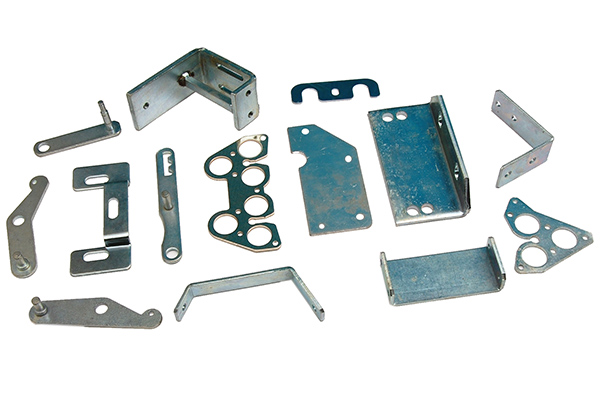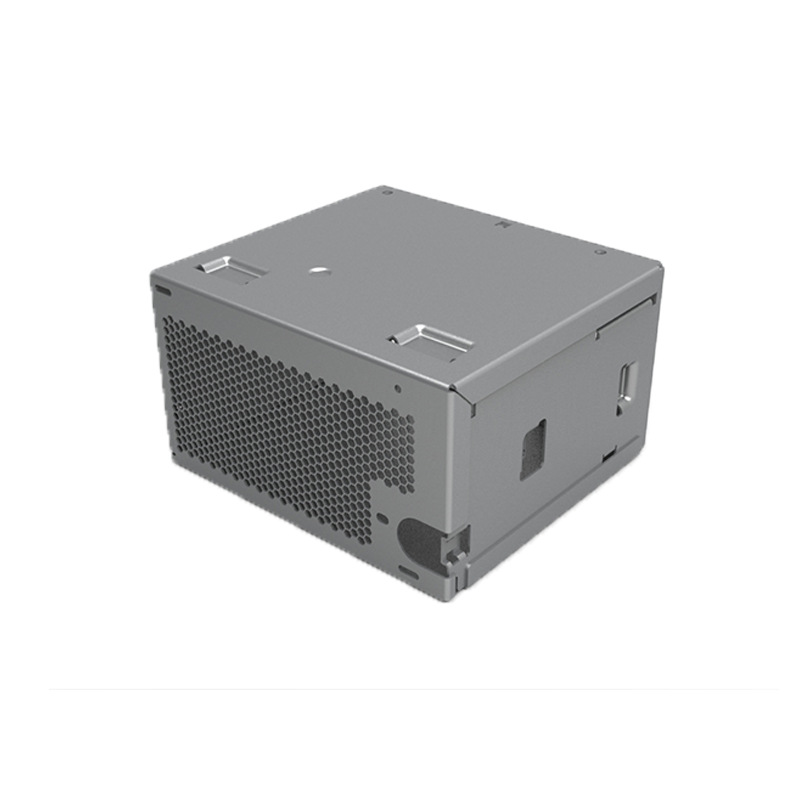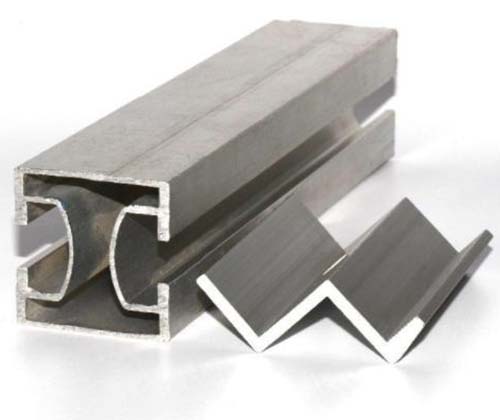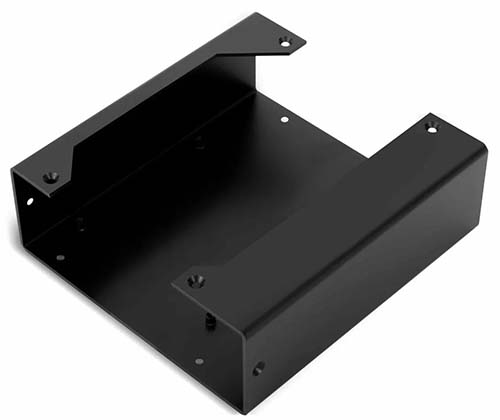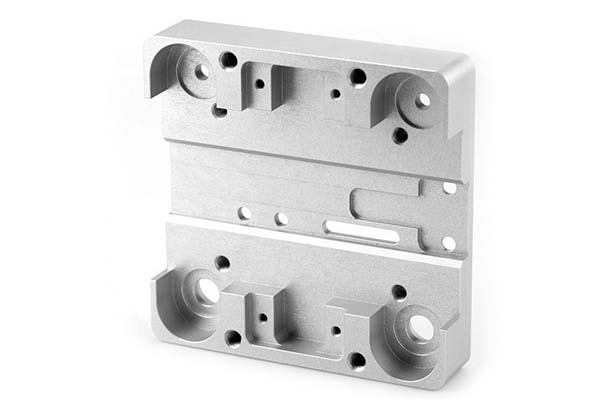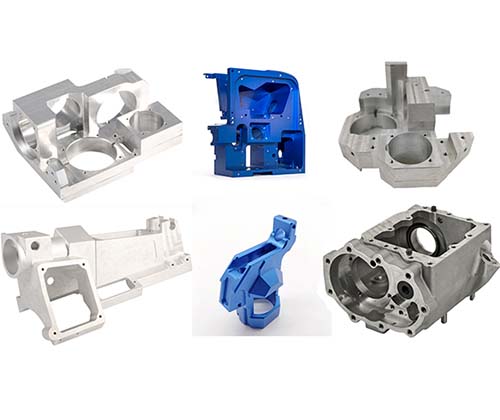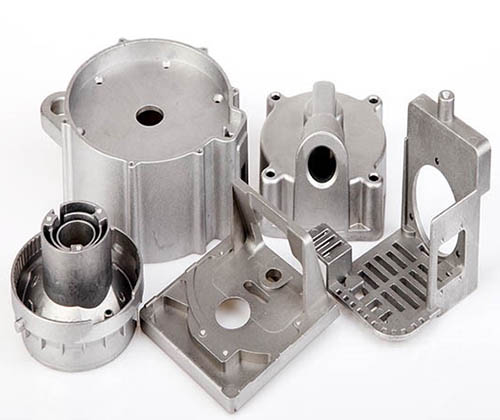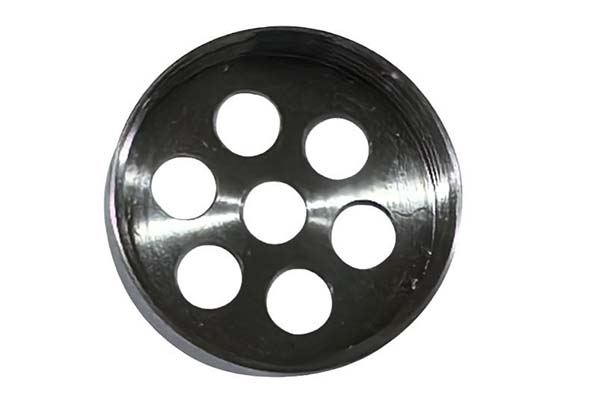You’ve selected A383 (also known as ADC12 in Asian standards) for its reputation as a cost-effective, high-fluidity aluminum alloy, expecting parts that balance strength and production efficiency. But your operation is facing challenges: the castings have rough surfaces that require expensive polishing, or the tensile strength is inconsistent, with some parts failing under light loads. Maybe the die is wearing faster than expected, or the cycle time is longer than with other alloys, cutting into profits. Worse, your “high-detail” parts lack sharp edges, making them unsuitable for visible automotive interiors—undermining A383’s promise of versatility.
A383 (ADC12) is one of the most widely used aluminum alloys in global die casting, prized for its exceptional casting fluidity and affordability. Its balanced alloying elements (silicon, copper, magnesium) deliver properties that suit everything from electrical housings to engine components. But unlocking its potential requires mastering the die casting process, from cold-chamber setup to post-treatment. In this guide, we’ll explore die casting A383 (ADC12), helping you leverage its unique strengths to create high-quality parts for diverse applications.
Material Properties: What Makes A383 (ADC12) a Global Favorite
A383 (ADC12)’s worldwide popularity stems from its practical material properties—a blend of castability, strength, and cost-effectiveness that meets the needs of mass production:
- Mechanical performance: A383 (ADC12) offers reliable mechanical properties for general-purpose applications. It has a tensile strength of 270-310 MPa, yield strength of 150-170 MPa, and elongation of 2-3%—sufficient for non-structural parts like electrical connectors and pump housings. Its hardness (85-95 HB) is slightly higher than A380, making it more wear-resistant but slightly less machinable. These properties are consistent across global production, thanks to standardized alloy composition (10-13% silicon, 1.5-3.5% copper, 0.3-0.6% magnesium).
- Casting fluidity and structure: A383 (ADC12)’s eutectic composition gives it exceptional casting fluidity—superior to many other aluminum alloys. It flows easily into thin walls (as thin as 0.7 mm) and intricate cavities, capturing fine details like logos or threads. This fluidity stems from its high silicon content, which lowers the melting point (560-580°C) and reduces viscosity. When properly cast, it forms a fine grain structure (refined by rapid cooling), minimizing internal defects. Its density (2.7 g/cm³) keeps parts lightweight, while its specific gravity (2.7) provides a solid feel in hand tools and consumer products.
- Resistance and conductivity: A383 (ADC12) offers moderate corrosion resistance—its natural oxide layer protects against mild moisture, though it benefits from plating or painting for outdoor use. Its thermal conductivity (120-140 W/m·K) is sufficient for heat-dissipating parts like lighting fixtures, while its electrical conductivity (20-25% IACS) works for low-current applications. The copper content (1.5-3.5%) boosts strength but slightly reduces corrosion resistance compared to magnesium-rich alloys—a trade-off that’s acceptable for most indoor or protected applications.
Die Casting Process: Optimizing for A383 (ADC12)
A383 (ADC12)’s properties demand specific die casting process controls to maximize its potential, from injection parameters to die design:
- Cold-chamber essentials: A383 (ADC12)’s high melting point requires cold-chamber die casting. Key parameters include injection speed (2-3 m/s) and injection pressure (60-90 MPa)—lower than A380, reducing die wear. The die (typically H13 tool steel) should be preheated to 180-220°C to prevent cold shuts, with die maintenance (regular polishing) critical to maintaining surface finish. A383 (ADC12)’s high silicon content can cause die soldering, so die lubrication (water-based graphite) must be applied evenly to all surfaces to prevent sticking.
- Die design and cooling: A383 (ADC12)’s fluidity allows flexible die design, but attention to detail is key. Draft angles of 1.5-2° (slightly larger than A380) ease ejection, reducing surface scuffing. Venting (0.15-0.2 mm gaps) in deep cavities prevents gas entrapment, which causes porosity. The gating system should use wide runners to minimize pressure drop—A383 (ADC12) flows best when injected quickly, with gates sized to fill the die in 0.4-0.8 seconds. Cooling rate is critical: faster cooling (40-70°C/s) refines grain structure, while slower cooling in thick sections reduces internal stress and cracking.
- Post-casting steps: A383 (ADC12) requires more post-casting treatment than A380 to achieve smooth surfaces. Shot blasting (100-120 grit) removes surface oxides, while vibratory finishing can improve surface roughness (Ra 3-5 μm to Ra 1-2 μm). Unlike some alloys, it doesn’t benefit from heat treatment—its properties are set during casting. Quality control focuses on surface finish (checked with profilometers) and dimensional accuracy (typically ±0.06 mm for parts under 100 mm), ensuring consistency across production runs.
Applications: Where A383 (ADC12) Excels
A383 (ADC12)’s versatility makes it the go-to alloy for cost-sensitive, high-volume applications:
- Automotive and industrial: Automotive parts like valve covers, air intake manifolds, and transmission housings rely on A383 (ADC12)’s fluidity and affordability. Its ability to withstand engine heat (up to 140°C) makes it suitable for engine components like water pump housings. In industrial equipment, it’s used for gearboxes, compressor parts, and pump bodies—its wear resistance and low cost make it ideal for non-critical components.
- Electrical and consumer products: Electrical housings for power tools, adapters, and control panels use A383 (ADC12) for its electrical conductivity and heat dissipation. Consumer products like small appliance frames, toy parts, and lighting fixtures leverage its ability to capture fine details, reducing finishing costs. Its smooth-as-cast surface (with minimal treatment) works for non-visible parts, while polished versions suit visible components.
- Hardware and decorative items: Hardware components (door handles, lock bodies) use A383 (ADC12) for its corrosion resistance and ability to hold plating. Decorative items and architectural elements benefit from its castability—intricate designs can be produced without expensive machining. Even prototyping uses A383 (ADC12) to test designs before moving to higher-cost alloys for production.
Performance and Benefits: Why A383 (ADC12) Dominates Mass Production
A383 (ADC12) offers performance and benefits that make it ideal for high-volume, cost-sensitive production:
- Cost efficiency: A383 (ADC12) is cheaper than A380 due to its lower copper content, reducing raw material costs by 5-10%. Its fast cycle time (25-50 seconds per part) and long die life (400,000+ cycles) lower per-unit costs, making it perfect for mass-produced items like toys and electrical connectors. Scrap material is fully recyclable, with reclaimed alloy retaining 95% of its properties—further reducing costs.
- Design flexibility: A383 (ADC12)’s exceptional casting fluidity allows complex geometries—thin walls, internal channels, and fine details—that would be costly with other alloys. It can be plated, painted, or powder-coated to improve corrosion resistance and aesthetics, adapting to everything from industrial tools to consumer electronics. This flexibility reduces the need for assembly, cutting part counts and costs.
- Global availability: Unlike some specialized alloys, A383 (ADC12) is produced worldwide to standardized specifications, ensuring consistent quality across supply chains. This global availability reduces lead times and simplifies sourcing, making it ideal for multinational manufacturers with production facilities in different regions.
Yigu Technology’s Perspective: Mastering A383 (ADC12) Die Casting
At Yigu Technology, A383 (ADC12) is our top choice for cost-sensitive, high-volume parts. We optimize injection speed and pressure to maximize its casting fluidity, ensuring even fill in thin sections. Our die designs feature enhanced venting and gating systems to minimize porosity, with specialized die lubrication to improve surface finish. We also offer post-casting treatments like vibratory finishing to meet strict surface requirements. Whether you need automotive parts, electrical housings, or consumer products, we leverage A383 (ADC12)’s strengths to deliver cost-effective, quality parts. Die casting A383 (ADC12) isn’t just about manufacturing—it’s about balancing performance and affordability for global markets.
Frequently Asked Questions (FAQ)
- Why is my A383 (ADC12)’s surface finish rough?
Rough surfaces are often caused by improper die lubrication or low injection speed. Ensure die lubrication (water-based graphite) is applied evenly at 5-10 mL per shot. Increase injection speed to 3-4 m/s to fill the die before metal solidifies, reducing surface defects. Polish the die regularly (every 50,000 cycles) to maintain a smooth cavity surface, which transfers to the casting.
- How does A383 (ADC12) compare to A380?
A383 (ADC12) has better casting fluidity but slightly lower tensile strength (270-310 MPa vs. 310-350 MPa) than A380. It’s cheaper (5-10% lower material cost) but requires more post-treatment for smooth surfaces. A380 is better for structural parts needing higher strength, while A383 (ADC12) excels at cost-sensitive, high-volume, non-critical components.
- Can A383 (ADC12) be used for outdoor applications?
A383 (ADC12) has moderate corrosion resistance (similar to A380) but needs protection for outdoor use. Painting or powder coating provides basic protection, while chrome plating offers better resistance to moisture and salt. For marine environments, specify a 10-15 μm thick plating layer and seal all surfaces to prevent corrosion in porous areas.
